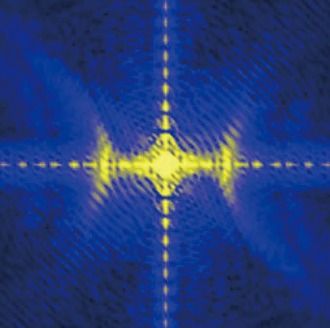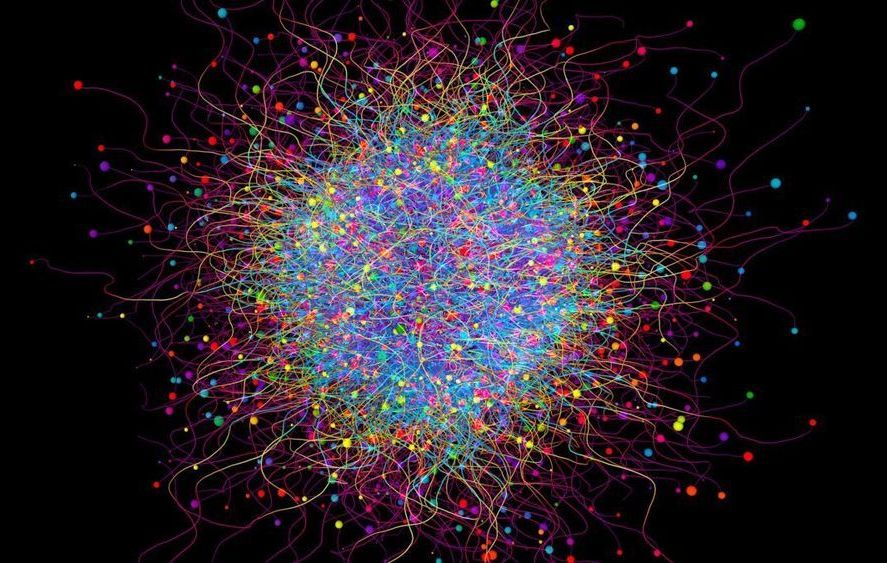Jun 10, 2020
Acoustics put a fresh spin on electron transitions
Posted by Saúl Morales Rodriguéz in categories: electronics, quantum physics
Electrons are very much at the mercy of magnetic fields, which scientists can manipulate to control the electrons and their angular momentum—i.e. their “spin.”
A Cornell team led by Greg Fuchs, assistant professor of applied and engineering physics in the College of Engineering, in 2013 invented a new way to exert this control by using acoustic waves generated by mechanical resonators. That approach enabled the team to control electron spin transitions (also known as spin resonance) that otherwise wouldn’t be possible through conventional magnetic behavior.
The finding was a boon for anyone looking to build quantum sensors of the sort used in mobile navigation devices. However, such devices still required a magnetic control field—and therefore a bulky magnetic antenna—to drive certain spin transitions.


















